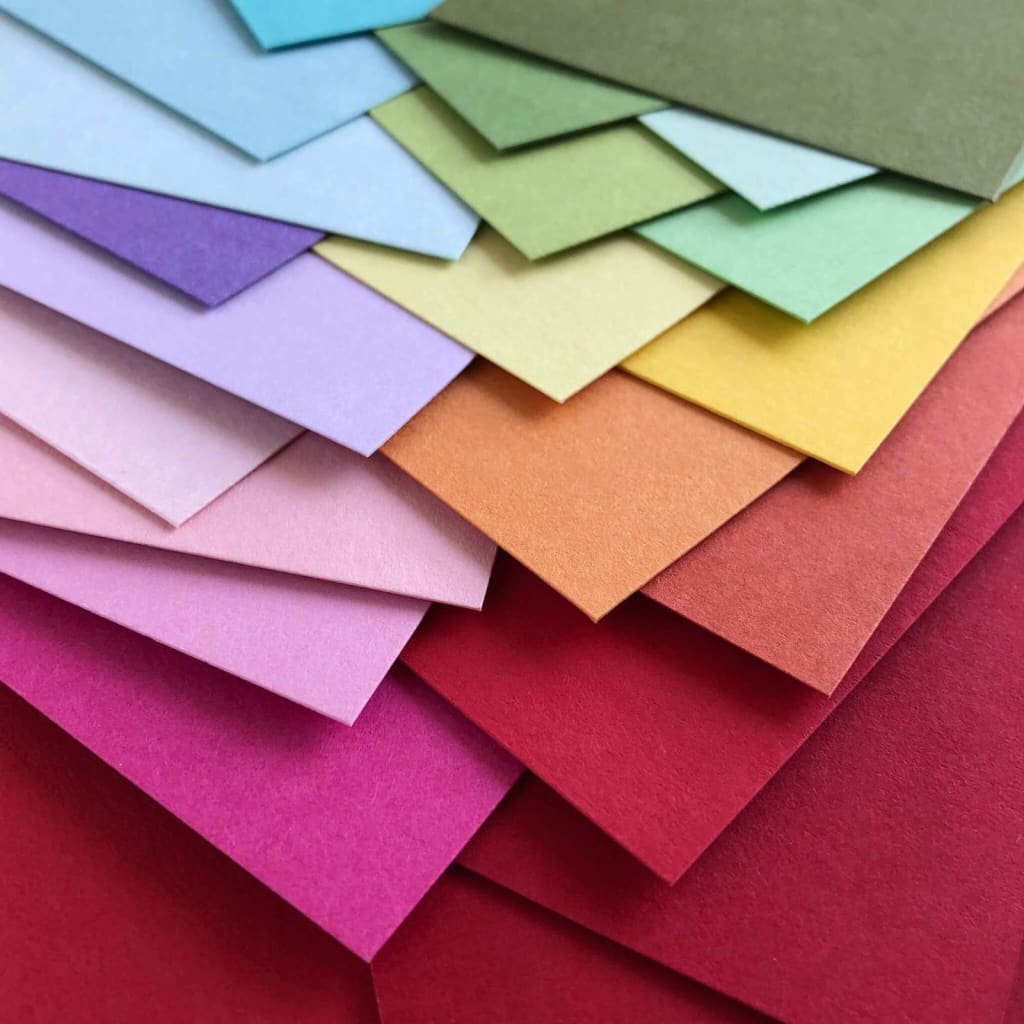Paper Weights
What they are, and how you can utilize them.

Paper weights can be confusing. Trust me, as a graphic artist, I understand. However, understanding paper weights can be integral to the outcome of your project.
Paper weights come in two variations; pounds, and GSM.
Now, understand GSM isn’t integral to your project. The important thing is this; GSM measures the weight of our project. And as anybody who has ever worked with print media knows, the more information you can give us, the better your project is going to turn out when we print it.
GSM refers to the the area of paper that remains constant, no matter sheet size, and is expressed as grams per square meter, or GSM as short. The standard printer paper you might use in your own one is generally around 80gsm.
The important thing to remember is this; the higher the gsm, or weight, or a type of paper, the heavier each individual page will be.
But not every project needs the heaviest weight available!
Posters are ideal for a heavier weight, as is a document that might pass through many hands, or otherwise be exposed to the elements.
WHAT ARE SOME ISSUES WITH HEAVY PAPER?
You would imagine that, for your important projects, the heavier a paper, the better. But that isn’t always true. Here are some of the reasons why.
* Price — A general rule of thumb, is the heavier the paper, the higher the cost. Just like anything else, higher quality items cost more money; and paper is no different.
* Folding — Different paper weights react differently depending on how you work with them. In the case of folding paper, an 80# paper tends to fold the easiest, leaving clean edges. Any higher, and the paper tends to crack or leave indents in the act of folding, leaving you with a finished product that looks shoddily put together.
* Time / Double Sided — Heavy paper means just that - it is thick. When printing double sided pages, this thick paper has a tendency to jam in even the most heavy duty of printers, getting caught and stuck in the middle of flipping your page. What this means, is that your project may take two, three times the amount of time to print that it normally would - perhaps even longer! If you are in a hurry and completing some last minute prints, this can prove to be quite the hassle that easily could haven avoided by choosing a lighter paper.
* Printer — Are you having your project printed professionally, or printing at home? Many home printers - particularly the smaller, more economic models - can become jammed, or even damaged when using heavier papers.
* Texture — Many projects can benefit from not only a heavier paper, but also a more textured paper. A rough surface, or perhaps one with a particularly satin feeling? One with a pre-printed design of scrollwork along the edges, raised up slightly from the paper itself? These small touches can be found on the heavier, more expensive papers - and they can add that extra trough to your project to truly make it stand out.






Comments
There are no comments for this story
Be the first to respond and start the conversation.